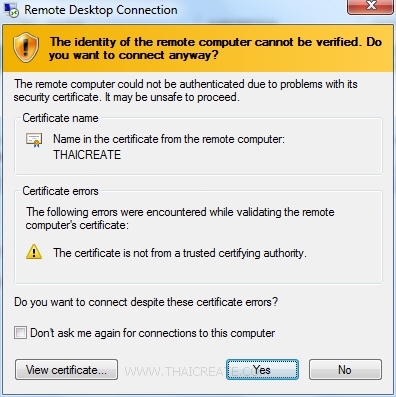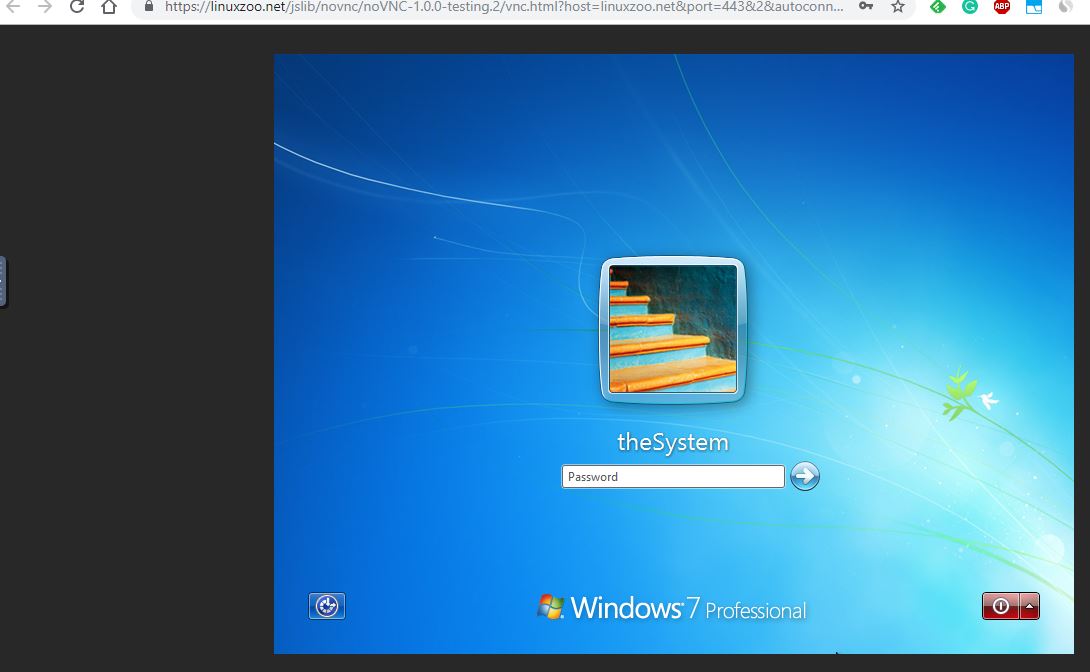

Open Hyper-V Manager, click Action at the top, select New > Virtual Machine.Ģ. This part will introduce how to use Hyper-V Manager to create a Windows 10 virtual machine.ġ. Hyper-V Manager is a virtual machine management tool that allows you to create, delete, and manage virtual machines. How to create Windows 10 VM in Hyper-V using Hyper-V Manager In addition to Windows features, you can also install Hyper-V in Windows PowerShell (System Administrator) by typing Enable-WindowsOptionalFeature -Online -FeatureName Microsoft-Hyper-V -All and pressing Enter.Īfter the Hyper-V installation is complete, you need to press Y to restart your computer.Īfter enabling Hyper-V role, please connect Hyper-V VM to Internet correctly. Restart the computer to enable Hyper-V on Windows 10.ģ. In the Windows Feature, select Hyper-V > OK. Use Windows+R to open the Execute window, type optionalfeatures.exe and press Enter.Ģ. The following steps are based on Windows 10 Enterprise to enable the Hyper-V feature.ġ. Hardware enforced data execution protection (Intel XD-bit or AMD NX-bit).Hardware-assisted virtualization (Intel VT or AMD-V).64-bit CPU with Second Level Address Translation (SLAT).In addition, you need to check if your computer meets the hardware requirements and BIOS settings for creating a virtual machine in Hyper-V.


Take Windows 10 as an example, where Hyper-V can be enabled normally for Windows 10 Education, Professional and Enterprise editions, but Windows 10 Home does not include Hyper-V role, so you cannot use Hyper-V to create virtual machines. Hyper-V is only available for Windows 8/8.1/10/11, and only for Education, Professional and Enterprise versions. Prerequisites of creating Windows 10 Hyper-V VMīefore creating a Windows 10 virtual machine in Hyper-V, you need to check your OS and hardware first, then go to enable Hyper-V. Use Hyper-V Quick to create Windows 10 VM rapidly.How to create Windows 10 VM in Hyper-V using Hyper-V Manager.Hyper-V consolidates virtual servers onto a single physical computer, enabling you to significantly reduce the related costs, improve hardware utilization, optimize your infrastructure, and increase server availability. Hyper-V is a Type 1 hypervisor virtualization technology provided by Microsoft, first introduced in Windows Server 2008, that is able to deploy different systems.


 0 kommentar(er)
0 kommentar(er)
